Whether you’re selling an ebook, software, a plugin, an online course or consulting services – or, if you’re simply a business owner hoping to boost a marketing campaign – you can improve your existing conversion rate by 113%, or even more, with the power of good copy.
Considering the amount of content that marketers put out there and the investment that goes with it, how great is their ROI?
I mean, how many of them generate more visitors to their site, as well as increase sales?
Persuasive, good copy that converts boils down to understanding how to trigger the right emotions that will induce a potential customer to want to buy from you as a business owner.
In this article, I’ll show you how to use five proven copywriting strategies to drive both search traffic and rankings to the top.
Let’s do it!
Strategy #1: Map Your Audience Personas
According to Content Marketing Institute, “the only way we can maintain long-term success is to continually engage people.” But, before you can do that effectively, you’ve got to know your customers. The process is like taking a piece of information and turning it into a strategic plan.
You need to create audience or customer personas, in order to effectively bridge the gap between where your audience is and what you do as a business owner so that your message is relevant.
One way to start building audience personas is to literally give your personas individual names – John, Mary, Timothy, Jane.
Naming your personas, however, is only the first step of identifying who these individuals and business owners are. Next, you’ve got to give them demographics and a background: how old they are, where they came from, where they’d like to travel, what their occupation is, etc. Use the raw data from whatever source you have access to – such as surveys, keyword and search term analytics and forum threads.
When designing personas, include whether this persona represents your primary or secondary audiences. Also, include the persona’s goals and how he or she might meet those goals. That information shows you how to reach and persuade your audience effectively. Add a picture, demographics and compelling copy, so you can make your message more personal, like the following example:
Business owners and companies of all sizes are embracing and developing buyer personas because it gives them an edge over their competition.
Developing a persona can be as simple as filling in the blanks of a template, like the one below. Just remember that the reason that you’re doing this is to help you convey your message better and to answer your audience’s questions more clearly.
How do you get the most accurate data from your audience, so you can make your personas as accurate as possible?
You can send a survey or questionnaire or, directly ask for input via your email autoresponder (Aweber, Getresponse, etc.),
When you receive feedback from your target audience, evaluate it against the details of the persona you developed. Then, incorporate the persona into your marketing strategy. Your marketing campaign will yield a higher return, as a result of this process.
See also: Free Template: Create Buyer Personas for Your Business
Strategy #2: Leverage Persuasive Hacks
What factors influence your customers to say yes?
That’s what persuasion is all about and it’s always a challenge. Instead of struggling to convert your readers into customers, try leveraging successful persuasion hacks. Use these hacks to persuade and drive more visitors to your landing page.
Growth hacking is all about taking advantage of proven marketing campaign strategies to grow your business. There’s nothing fancy or trendy about it – it’s just marketing that works.
Online persuasion has everything to do with understanding your target customers and what they’re looking for. Once you’re sure about their needs, you can speak their language and convert them much more easily.
When influencing people, remember that reciprocity is crucial. In other words, give to your readers, without expectation of anything in return. This isn’t just New Age feel-good stuff – it’s science: when you give to others without expectation, it creates a feeling of indebtedness in them, making them more receptive to your eventual pitch.
See also: 6 Psychological Triggers That Will Win and Influence Customers
Strategy #3: Write Instant-Clarity Headlines
You might get 8 out of 10 people to read your headline, but only two will read further – less if your headline is sub-par. The headline is the key action driver for your content. It should be designed to persuade each of your readers to read the rest of your article.
WordPress has made it fairly easy for anyone to start a blog and write all day. Sounds great, right?
The downside of that lower barrier to entry is that users are overwhelmed and suffering from a bombardment of web pages, derivative ad copy, and information overload. Another byproduct is that our average attention span has dropped to roughly 8 seconds. By way of comparison, a goldfish’s average attention span is 9 seconds.
Tons of articles and blog posts have been written about how to craft headlines. From what I can see, I don’t think most bloggers have trouble writing catchy headlines featuring good copy with the right keywords.
Instead, the biggest mistake that lots of content marketers are making is the lack of clarity in their headlines.
Headlines have a lot of tasks to accomplish. In addition to persuading readers to keep reading, headlines ought to drive search traffic and encourage word-of-mouth referrals, as well.
But, if the headline isn’t clear and people can’t tell, solely from your headline, exactly what the article is about, then it hasn’t done its job, period.
Remember that your targeted readers no longer devour every piece of website content from start to finish – they can’t because there’s just too much of it out there. Instead, they’ve all become skilled page-scanners.
Make your website content scan-friendly, by using subheadings to organize and break up your website copy. This will make it easier to understand and will help the majority of content scanners.
You also have to make your headline easy to understand. It’s been scientifically proven that readers tend to absorb the first and last three words of a headline – the words in between get glossed over, if not ignored outright.
A lot of experts have advised including compelling copy like power words and adjectives in your headlines.
This is not entirely true, especially when you’re writing a step-by-step guide for doing something. There, you need a headline that’s instantly clear.
For example, let’s assume that you’re a beginner to internet marketing. Which of the headlines below would you rather click?
How to Start Internet Marketing Today
OR
6 Steps to Starting Your Successful Internet Marketing Business
If I’m right, you chose the second headline. Both contain the exact keywords that you’re searching for (“internet marketing”). But, the second headline features good copy, which is much clearer and more specific than the first (“6 steps” versus “how to start”). It also goes further, adding a promise (“your successful internet marketing business”), which is exactly what the target audience is looking for.
So, how do you write instant-clarity headlines that are attractive, keyword rich and relevant?
i). Use numbers: Putting numbers in your headline accomplishes three things:
- It draws people into the post
- It compels people to share it
- It provides certainty
This is the reason why so many leading blogs now regularly use headlines that include numbers. Take Buzzfeed, as an example:
ii). Add the right keywords: Targeting the right keywords in the marketing campaign of your headlines will also give you an edge, because you’ll drive qualified leads, in addition to generating more search visitors.
Of course, user intent is just as important as targeting the right keywords. But, without these keywords, or search terms, that people type into the search box, you can’t know their intent.
The best thing that could happen to your online business is a continual flow of search visitors and targeted leads. If you could achieve that, then, just like ViralNova, you’d see a major increase in organic search term traffic, page views, rankings, and clicks. That’s what you can expect from the right keywords in your headlines.
Bloggers who have built a loyal audience understand that answering questions is the key to dominating search engines and building a successful online business. And, your customers’ questions are mostly the keywords (search terms) that they’re typing into the search box.
This is why keyword research is important. It also means that you can trust the keywords that Google Adwords’ Keyword Planner gives you.
For example, here are keywords related to wedding rings:
Next, let’s write some clear and relevant headlines with these keywords:
Note: The keywords are italicized in the headlines.
Search Term / Keyword: princess cut wedding rings
Clear and keyword-rich headlines:
- Top 10 Princess Cut Wedding Rings Under $600
- 7 Best Princess Cut Wedding Rings for the Money
- Where to Get Affordable and Stylish Princess Cut Wedding Rings
Search Term / Keyword: black wedding rings
Headlines:
- What Are the Top 5 Black Wedding Rings? (Find Out in This Review)
- How Much Do Black Wedding Rings Cost?
- 13 Affordable and Shiny Black Wedding Rings
Keywords: titanium wedding rings
Keyword-rich and instant-clarity headlines:
- Where to Find Affordable Titanium Wedding Rings
- 8 Best Titanium Wedding Rings You Should Consider Buying
- The Consumer’s Guide to Buying Titanium Wedding Rings
Personally, I don’t always write blog posts with specific keywords or search terms in mind. Sometimes, I do consider targeting a particular keyword in my headline, in order to get more search traffic.
And, what’s the average monthly search volume for the keyword “Google penalty?” Google’s keyword planner tells me it’s 390:
Now that we’ve discussed how important it is for your headlines to be instantly clear, let’s look at the various ways to avoid headlines that destroy your credibility.
Avoid confusing headlines: Confusing headlines will chase the user away and discourage them from coming to your site again.
Smart copywriters know that their job is to write good copy that sells. As a result, they’re sharply focused on clarity. This means that they eliminate every detail – no matter how tiny – that may decrease their conversion rate.
Marketing campaigns that fail to understand the psychology of customers and how the brain works risk misleading their target audience.
This phenomenon has historically been prevalent in TV commercials. Unfortunately, some people who don’t really understand content marketing are now misleading readers with their headlines and ads. This kind of confusion can destroy your credibility.
Clickbait (adding trigger elements to the headline solely to prompt more clicks) may sound like a great marketing tactic, but it does more harm to your personal brand than good.
Jonah Berger, author of Contagious: Why Things Catch On, has this to say:
Write headlines that are meaningful, clear and relevant to a specific audience. Rather than shooting for cleverness in your headline, aim for clarity.
Help readers trust you: Before you can improve your conversion rate, by 113% or any milestone, your job is to help your target audience perceive you as trustworthy.
It’s your responsibility to make them trust you through the things that you say and do. When it comes to selling yourself, words are 7% of the message. So, what you say in your blog posts is important to building trust, but good copy (how you say it) is perhaps even more vital.
Persuading your customers to take a step from where they are to where you want them to be takes creativity and incentive.
You may want to upsell, like Amazon, or give away a valuable ebook, short report or software solution. From one point of your marketing funnel to the next, you have to persuade customers, through good copy and visual marketing.
Having a strong “About” page also helps to build trust with your target audience. A well-written, engaging “About” page gives you, as a business owner, and your actual business a face, both literally through your personal photo and metaphorically through telling the story behind your brand.
Strategy #4: Leverage the AIDA Strategy
Creative minds look for opportunities to improve their results. It doesn’t matter whether they’re writing a blog post or connecting on Facebook – they always look for ways to give more value.
A lot of factors contribute to the success of your website content.
One way to accomplish your goals is to implement the AIDA model.
AIDA is an acronym for:
A – Attract Attention
I – Trigger Interest
D – Create a strong Desire
A – Call to Action
Attract Attention: In copywriting, there’s lots of advice on writing a powerful headline.
If the headline is catchy and piques interest, the chances of eventually getting the user to trust you are high. Since the headline is for attracting attention, follow these simple tips to make it great:
- Include specific numbers (preferably an odd number) at the beginning of the headline (e.g., 13 Simple Ways To Design High-Converting Landing Pages).
- Be clear on the headline. Don’t hide the ball. It’s better to write a clear headline that answers your user’s question than to write a clever and confusing one. So, instead of “How to Get Found,” use “5 Simple and Effective SEO Techniques to Optimize For Search Traffic.”
- Include your targeted keywords (search terms) in the headline, to catch the attention of customers.
- Limit your headline to 60 characters (this is especially advisable for SEO).
- Use power words (e.g., Tricks, Secrets, Free, Smart, Powerful, Unknown, etc.)
Trigger interest: In your headline, you’re making a promise that you intend to fulfill before the reader is done reading the website content. Some benefits can be found in every headline, but real interest is built from the first paragraph so good copy is key.
Dr. Jonny Bowden, founder of Unleash Your Thin, builds interest in his blog posts by giving people hope in their weight loss struggles. The website copy of his blog tells you right off the bat that you don’t have to starve to meet your goal.
Build a strong desire: A good marketing campaign is all about discovering the gap between what the customer really wants and the products or website content that you’ve created for them. According to James Gilbert, “good marketers don’t sell products, they create desire.”
There has to be a strong desire, either already present or one that you create yourself. Otherwise, customers aren’t going to take action on what you say.
If you can identify the gap between your customer’s perceived state and their desired state, you can speak to them more personally within compelling copy, which will help persuade them to take whatever action you want them to take. There is something that they want from you, but they can’t tell you explicitly how you should deliver it. It’s the responsibility of the marketer to do just that.
However, the better strategy is to increase desire, while simultaneously decreasing the effort that the customer has to take to achieve that desire. In other words, make the journey as easy as you possibly can for the customer. Remove as many obstacles in their way as you can, so that they’ll experience zero stress while making a buying decision.
As a business owner, the best strategy to create a strong desire in your content and your product is to highlight the strongest benefit. Start with it. A “strong” benefit is the one that outweighs all other benefits. Many copywriters prefer to list 5 to 7 benefits, while others prefer to do 10.
So, how do copywriters create strong interest through benefits? Well, they usually display the benefits using subtitles and bullet points within good copy to make them understandable, easily accessed and perceived as important.
I use bullet points in a lot of my website content on Quicksprout because they’re scannable, interest-building and easy to digest. I’ll sometimes combine numbering and bullet points in website copy, to show hierarchy or order of importance:
Call-to-action: The last piece of the AIDA puzzle is the call-to-action. One of the most common mistakes bloggers and marketers make is failing to effectively persuade customers to take action, even after attracting attention, building interest and creating a strong desire.
Depending on your website content, the kind of call-to-action that you’ll use will vary. For example, if you publish an in-depth, high-quality article, then you might ask your readers to leave a comment and share the post.
From experience, I’ve found that if your blog content is truly helpful and you’re consistent, people will naturally link to you and share on any social media platform (Facebook, Twitter, LinkedIn, Google+) where they actively engage with others.
But, to get a higher conversion rate, simply ask readers/customers to do exactly what you want them to do. If you want them to write a comment, just ask them to leave a comment – a specific prompt question can help:
Remember that each of your blog posts can serve as an entry point for your site or even a landing page, in its own right. Treat each page and post with care, to ensure that every element that makes for a perfect landing page is present.
Use the right color and button words. Ideally, you should conduct an A/B test for your marketing campaign, to see which combination works best for your readers and business. The results of such testing will make a whole lot of difference.
Now that you understand the AIDA model and how each element is dependent on the others to work efficiently, you need to learn how to write with passion, to stoke your reader’s need for your products and services. That kind of writing requires strong creative skills.
If you’re a content marketer, you’ve got to get yourself in a state of flow, to unleash your creative self. Otherwise, you’ll always struggle to produce the right website content.
Remember that when your content isn’t useful, people will not share it and that higher conversion rate will elude you. Knowing how to write data-driven articles is your key to enjoying that increased conversion rate, as well as social shares, more valuable comments, inbound links, qualified leads and paying clients.
So, how exactly can you unlock your creativity and become the kind of great writer that you need to be? I can’t explain it any better than Born To Write did:
Strategy #5: Improve Click-Through Rates
Your customer is pressured to click tons of ads that are thrown at them on a daily basis. The average person is served over 1,500 banner ads per month. But, when it comes to search click-through rate, Advanced Web Ranking data showed that 71.33% of searches resulted in a page 1 Google search click.
If you want to succeed at content marketing and stay ahead of your competitors, you’ve got to continually improve your knowledge and skills, especially in the area of testing.
Before writing a post on how website content length affects rankings, I had to test it for myself. How else could I draw any conclusions? You have to test, too.
One of the important lessons that I learned, early in my blogging career, is that there is no single rule for improving your conversion rate.
No matter where you get advice from, you know that no one can guarantee specific results. I might set up a split testing campaign today and get a 34% click-through rate on my headlines, whereas you’ll get 44% or less than 10%, even if you and I follow similar strategies. Much of the result depends on skills and on your niche or industry.
Since they’re so effective at improving your conversion rate, you should especially test your headlines.
If you want to increase clicks on your campaigns and you’re wondering where to start, my advice is: start with the headline, not the call-to-action.
The headline is critical. It’s easy to identify a lack of clicks when the CTA is not compelling. But, it’s much harder to figure out when the headline is actually the culprit.
Outbrain increased a client’s campaign CTR by 400%, by crafting an additional 2 to 4 article headlines and testing them against each other. They tested over 100 titles this way and found the top converting headline. And, apart from generating more clicks, their RPM (revenue per 1,000 impressions) also increased by 329%.
Let me provide more information on the impact of headlines and why you need to always test them, before drawing firm conclusions.
Wilson HTM, an investment group listed in ASX, had a challenge when they were preparing to promote one of their investment funds.
The lesson here is to always find a unique and creative way to improve relevancy and specificity. When a particular campaign appeals to the right audience, the conversion rate will likely increase.
Also, don’t forget to set a conversion goal, so that you know exactly what milestone you’re targeting. As you already know, optimizing your campaign for user experience will ensure that you get the best conversion rate.
Search engine spiders are not human beings, but they follow the activities of human searchers and users. So, what Google wants, more than anything is for you to make its users happy. Do that and their spider will increase your site SEO score, which in turn will increase your search traffic and rankings.
BigContacts also got a 55% click-through increase, just by switching to a new headline.
They tested four different headlines against the control headline and found that the last (and entirely new) headline performed best.
Conclusion
In years past, a copywriter was someone who wrote ad copy to sell a product or service. Today, however, customers want education, inspiration, and satisfaction.
Copywriting should provide all of these. But, it also needs to persuade the prospect to buy. It should provide a social experience, as well and make it easy for people to share helpful website content.
This is why you should always include social share buttons where readers can easily find them. The more visible they are, the more social shares you’ll get.
Remember the role of content marketing: to create rich, useful and actionable content that customers can benefit from and will share. Sharing is living. Any piece of website copy that’s not shared will not achieve its end goal.
These 5 copywriting strategies will boost your conversion rate if you give them a thorough try. You may not see instant results, but give it time and you’ll see your conversion rate rise.
Have you recently improved your conversion rate by using any of these strategies?


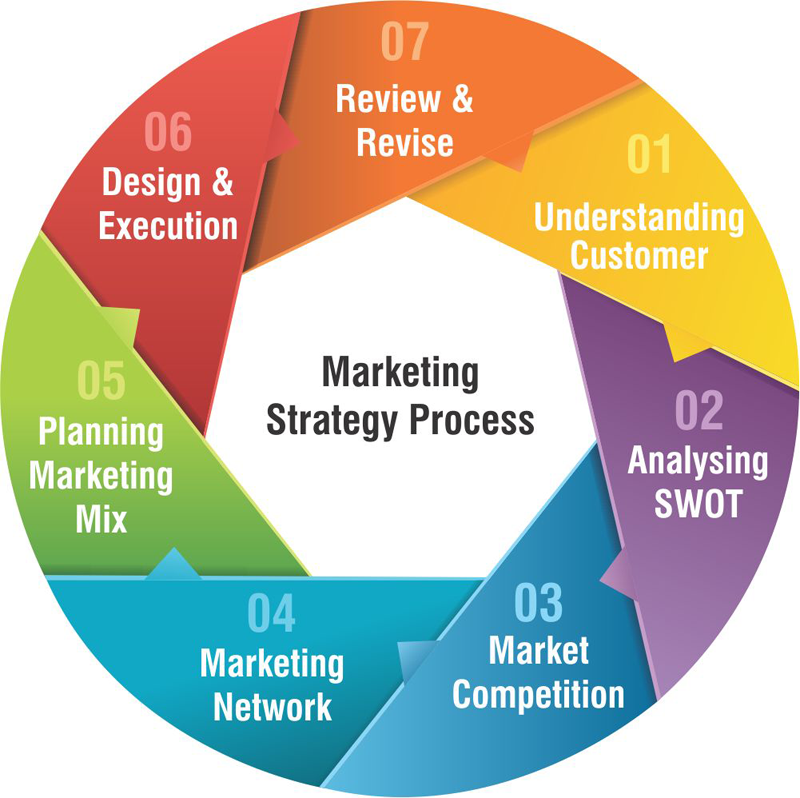




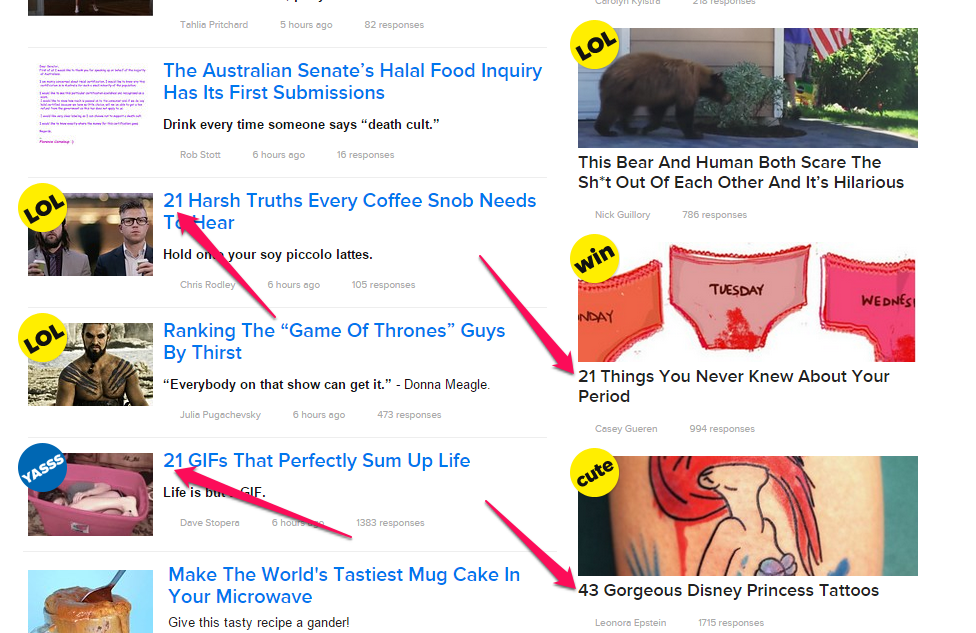

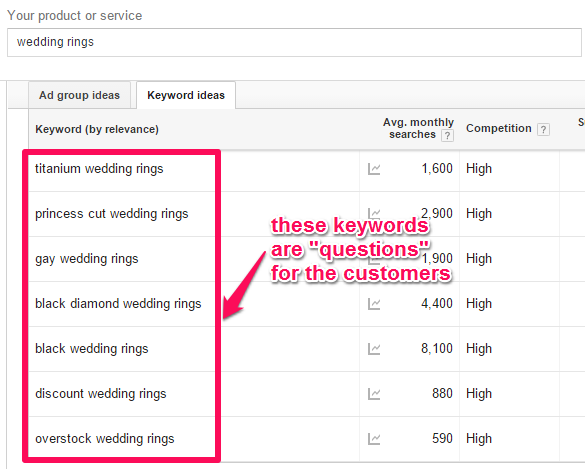
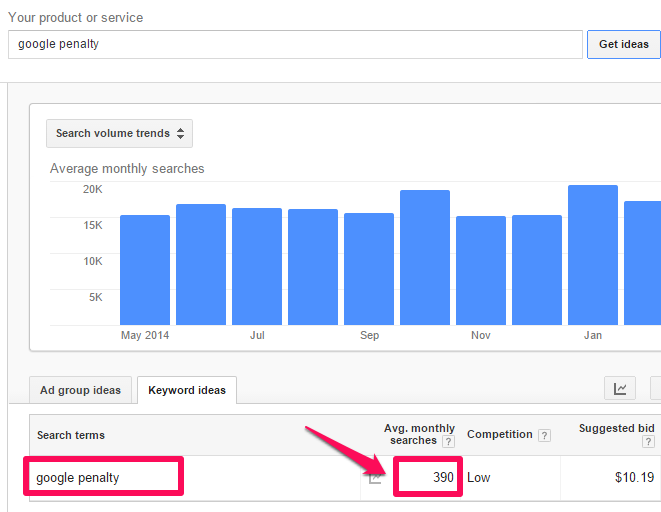

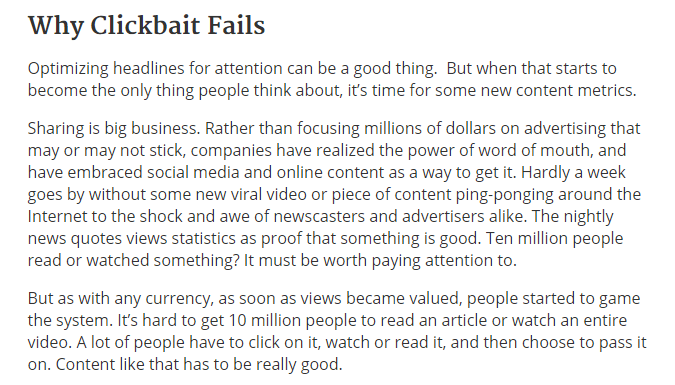










Comments (52)